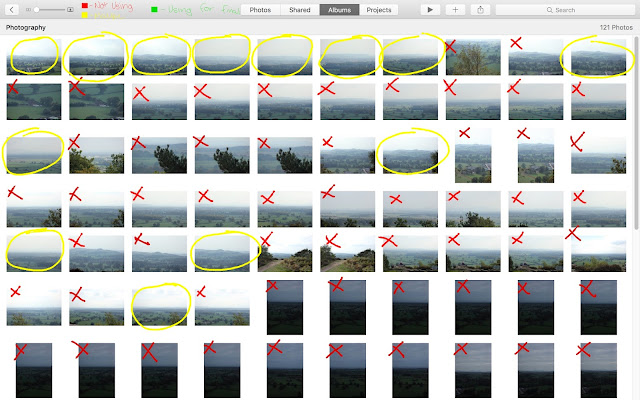Another artist that has interested me and can be related to more towards fantasy and fiction is Kevin Corrado, he is a considerably famous surrealist photographer and his pieces have inspired me the most to pursue surrealism in photography for this unit.
This photograph by Kevin Corrado uses a very limited colour palette as the prominent colours are browns in various shades and some greys out in the distance and this is due to the lack of natural light being included into the photo as there is a dense collection of tree in the background and surrounding the character laying down. However the limited colour palette keeps to the conventions of surrealism and is giving the photo a eery feel to the photograph. Also the fact that there is a body being divided by the photo frame it adds to the surrealism factors of the photo and also make you think twice about what you are actually seeing within the frame.

This photograph again is using a very limited colour palette but this time the prominent colour is greens in different shades and there isn't much variation in other colours. The other colour that stands out to any viewer would be the grey t-shirt and is standing central of the photograph. Kevin Corrado has also included a aperture in this photo to give the character and the clock more importance by blurring and fading the foreground and background. The photo also makes you start to ask questions like, 'Why's he in the middle of the woods? and Why has he got a clock? and questions like this are quite common as surrealism makes you ask question because not everything is apparent to you at first.

This photograph is taken in black and white and is using again a very limited colour palette, black, whites and greys, and is following the conventions of surrealism of photography. Because it is using black and whites it doesn't use any focal colours so you aren't drawn to one certain part that has a different coloured aspect somewhere in the photograph. The focal point is around the person walking down the train tracks but is missing his whole upper body excluding his arms. Where his torso is meant to be you can see down the rest of the track and what you would be seeing if the body was still there. By following the conventions this is a perfect example of surrealism photography as it creates questions and makes you look twice and makes you think about what you're seeing.

















